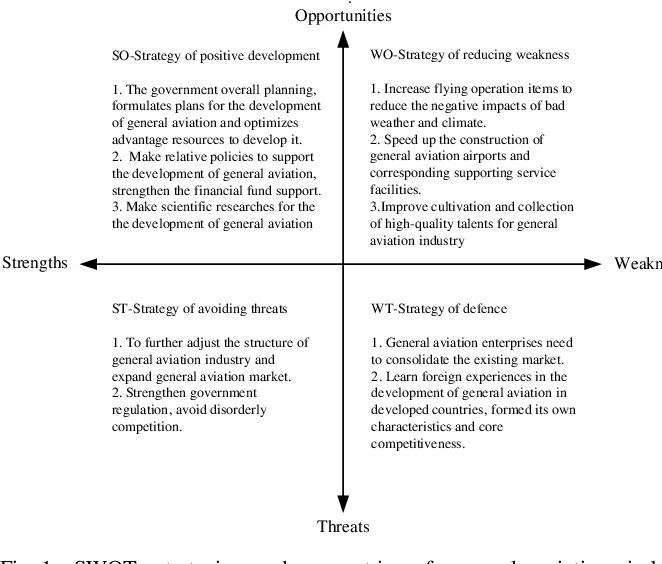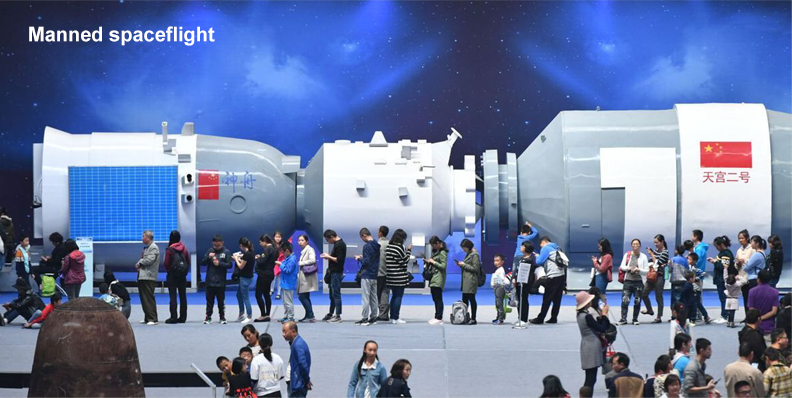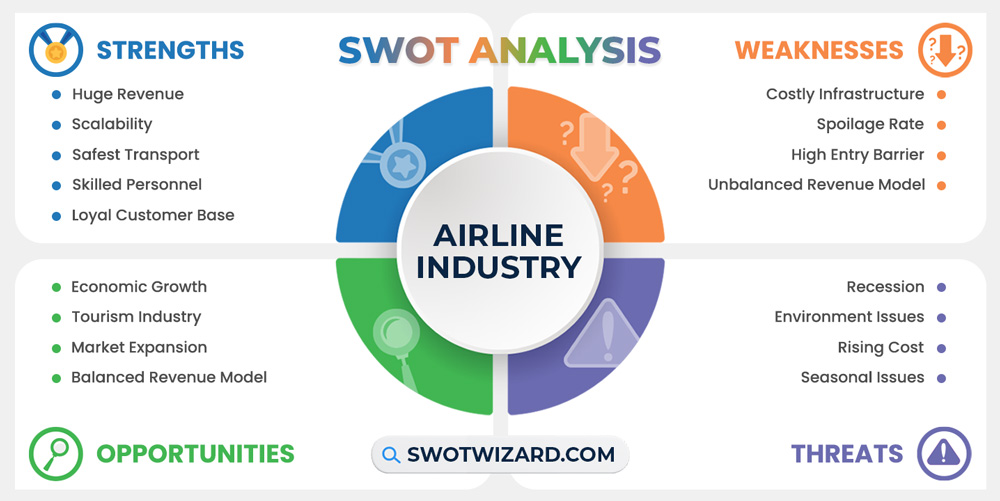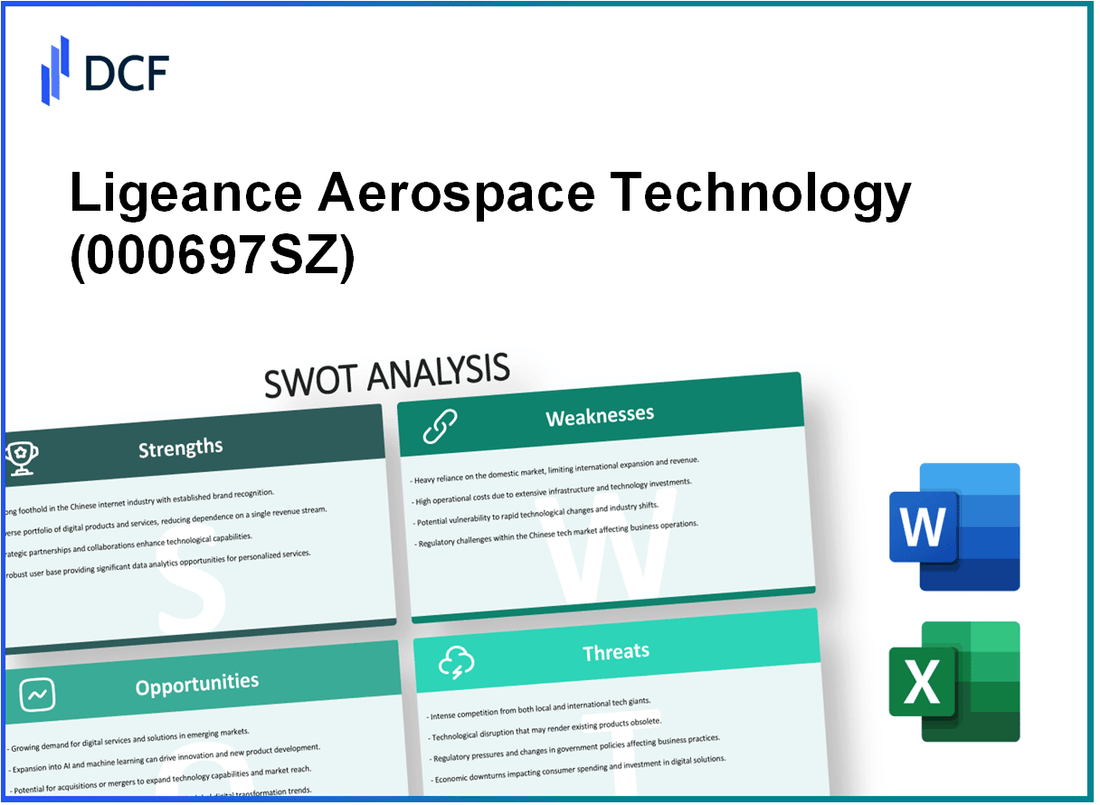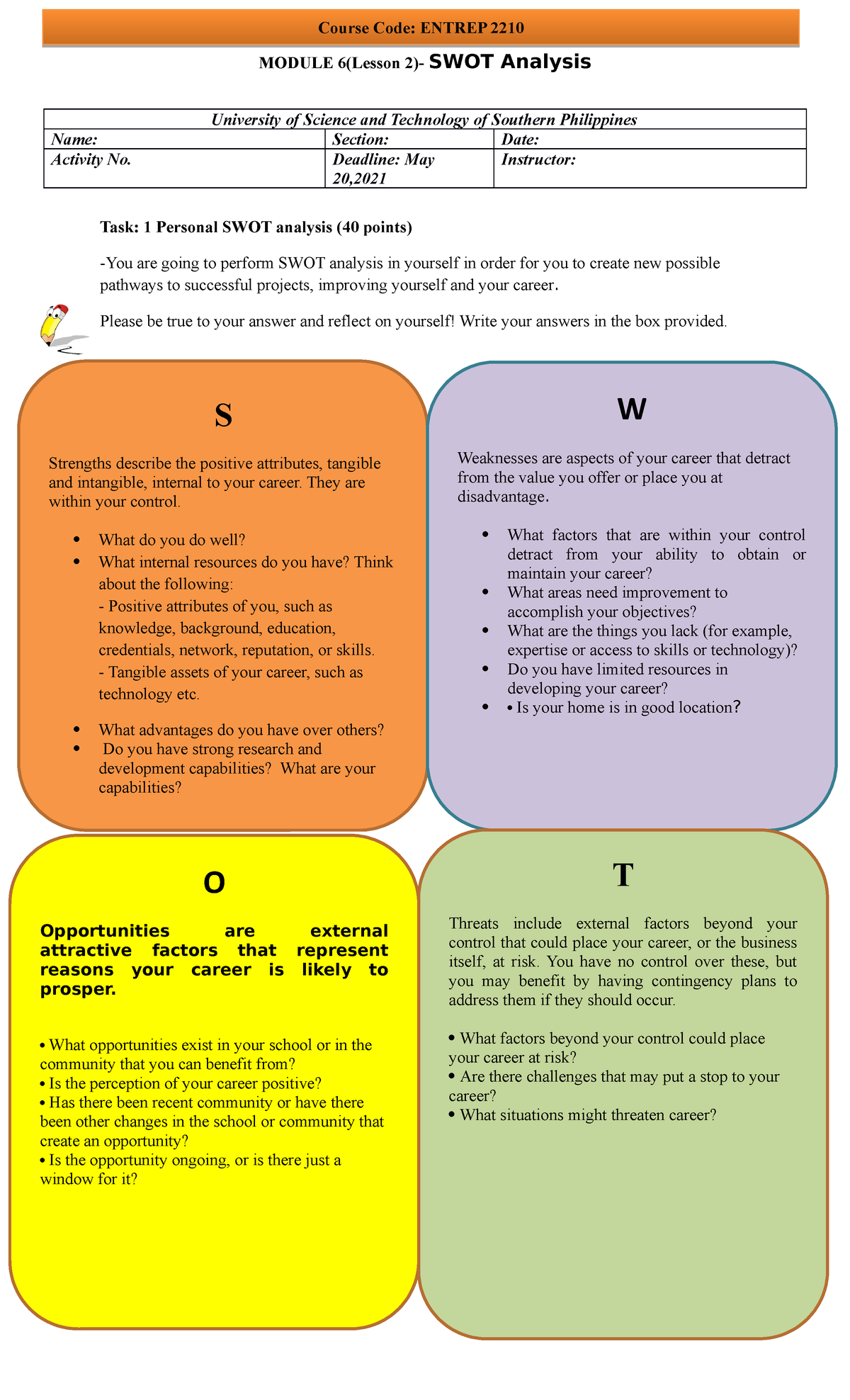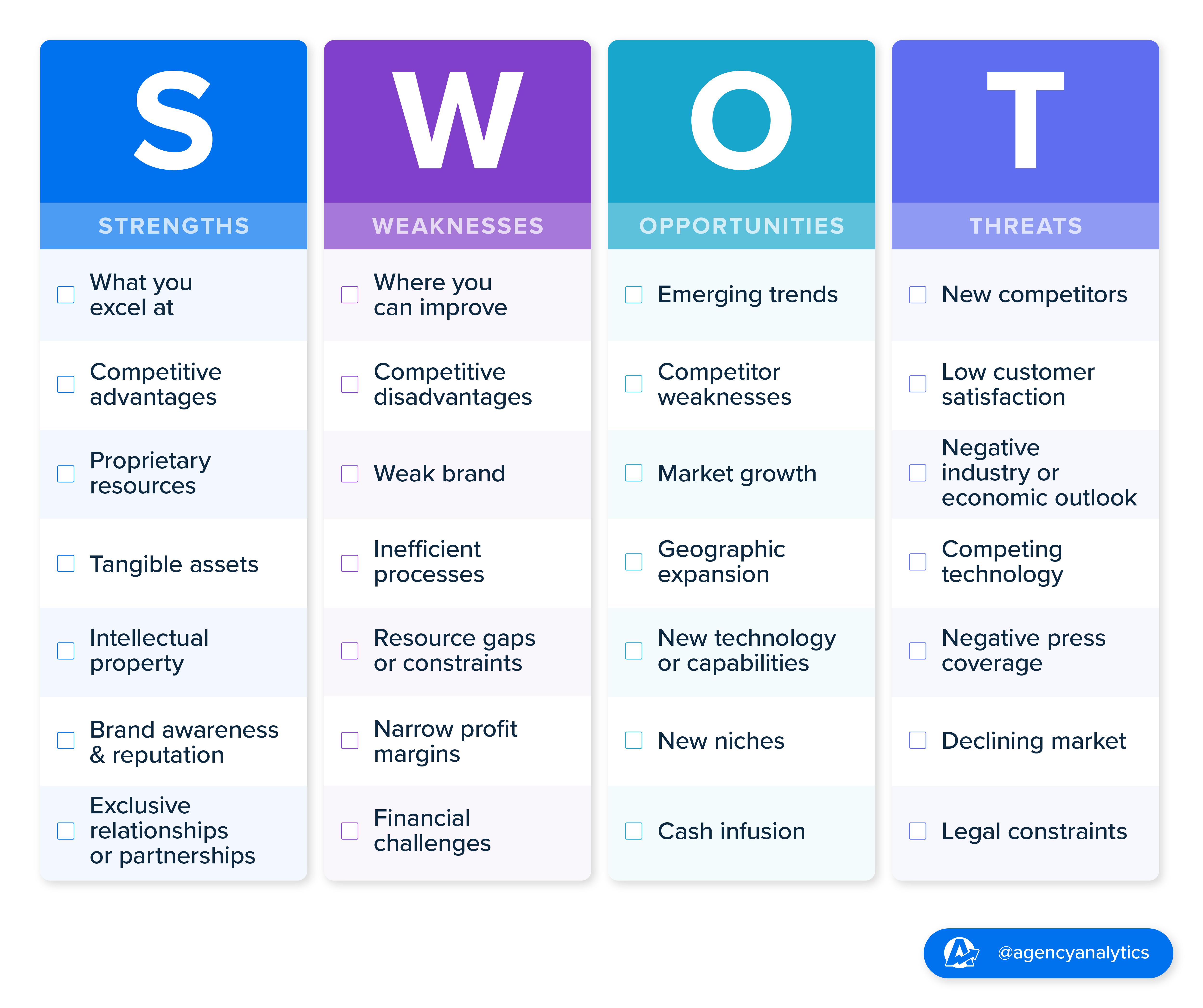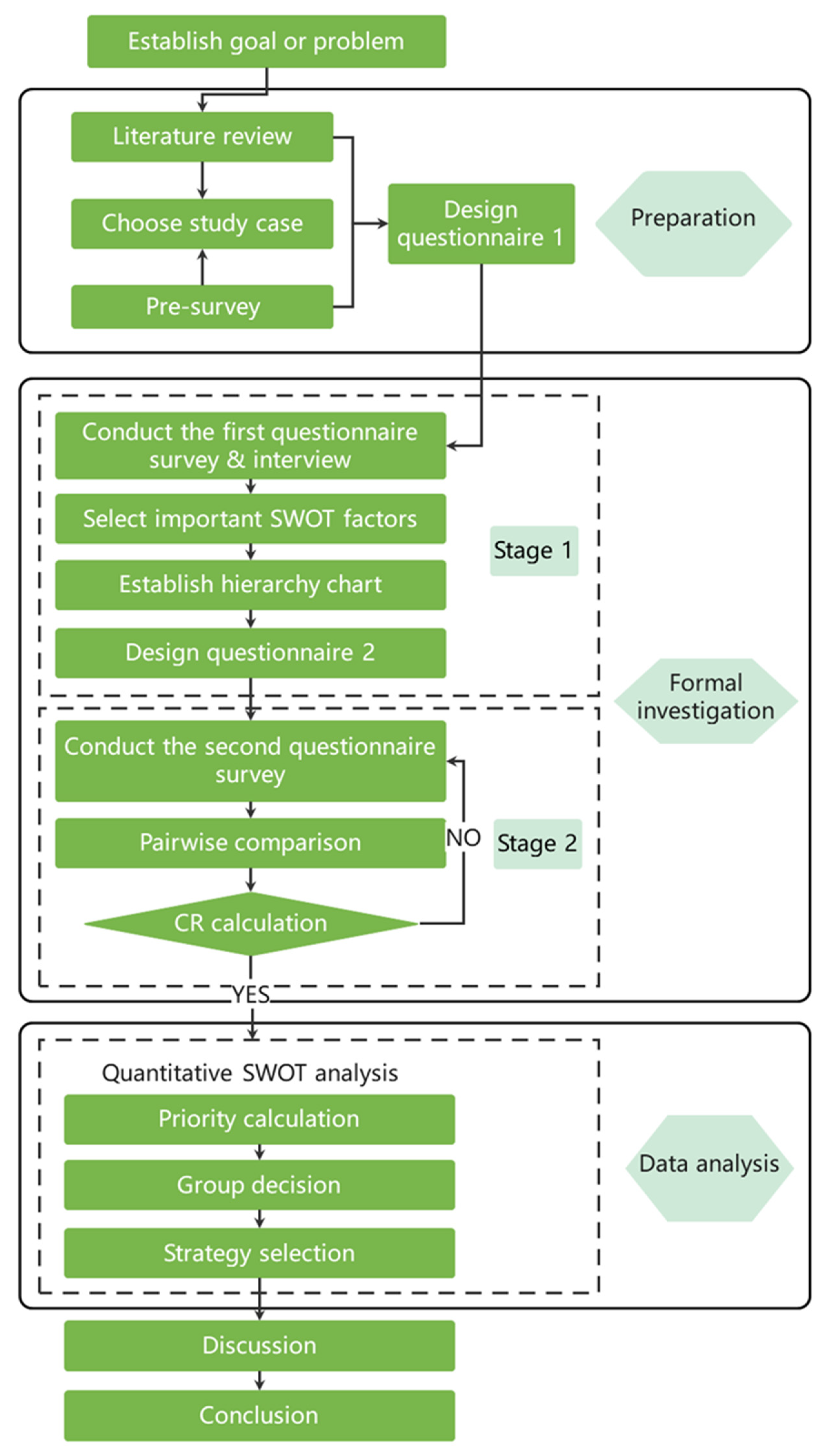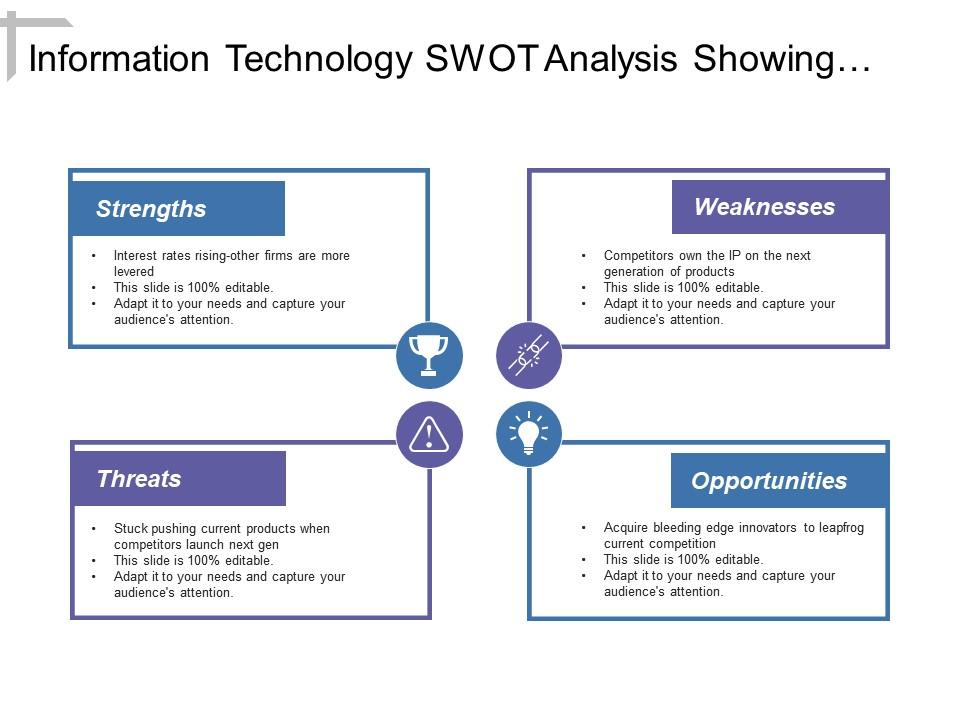China Aerospace Science And Technology Swot Analysis

China Aerospace Science and Technology Corporation (CASC), the primary contractor for China's space program, plays a pivotal role in the nation's ambitious space exploration goals. Understanding CASC's strengths, weaknesses, opportunities, and threats – a SWOT analysis – offers valuable insights into its current standing and future trajectory within the global space race.
A SWOT analysis is a strategic planning tool used to evaluate the Strengths, Weaknesses, Opportunities, and Threats involved in a project or business venture. In CASC's case, such an analysis helps stakeholders assess its competitive advantages, areas for improvement, potential avenues for growth, and external challenges it faces.
Strengths
One of CASC's most significant strengths lies in its strong government backing. This support translates into substantial funding, access to resources, and political prioritization of space programs.
Another key strength is CASC's extensive technological capabilities developed over decades of investment and research. This encompasses rocket development, satellite manufacturing, and manned spaceflight technologies.
CASC also benefits from a vast pool of skilled engineers and scientists. Many graduates pursue careers within the company due to its national importance.
Weaknesses
Despite its impressive advancements, CASC faces some inherent weaknesses. One notable weakness is a potential lack of transparency compared to Western space agencies and private companies.
Dependence on government funding, while a strength, can also be a weakness. Changes in government priorities or economic constraints could impact funding levels.
There are also concerns regarding intellectual property protection and technology transfer practices, which have raised concerns from some international partners.
Opportunities
The global space market presents numerous opportunities for CASC. The increasing demand for commercial satellite launches, particularly in emerging markets, creates a significant avenue for revenue generation.
Further development of reusable rocket technology and advanced satellite constellations offers opportunities to enhance competitiveness and expand service offerings.
International collaborations with other space agencies and private companies can facilitate knowledge sharing and access to new technologies.
Threats
CASC faces increasing competition from both established space agencies and emerging private space companies, such as SpaceX and Blue Origin.
Geopolitical tensions and export controls can restrict access to certain technologies and limit international collaborations. This is especially relevant concerning collaborations with the United States.
The increasing cost of space exploration and the risk of launch failures also pose significant threats to CASC's long-term success.
Impact and Significance
CASC's activities have a profound impact on China's technological development and national prestige. Successful space missions enhance China's standing in the global community and contribute to its economic growth.
Furthermore, CASC's advancements in space technology have applications in various fields, including telecommunications, navigation, and remote sensing, benefiting various sectors of Chinese society.
The company's work also fuels national pride and inspires younger generations to pursue careers in science and engineering. The successes are broadcasted and highly publicized within China.
One example is the Tiangong Space Station, a testament to CASC's capabilities and a symbol of China's growing space power. It underscores China's ambition to become a leading spacefaring nation.
Looking Ahead
To maintain its competitive edge, CASC needs to address its weaknesses and capitalize on the opportunities in the evolving space landscape.
This includes fostering greater transparency, promoting innovation, and strengthening international collaborations while navigating geopolitical challenges.
The future of CASC, and indeed China's space program, hinges on its ability to adapt to the changing dynamics of the global space industry and overcome the inherent threats to its ambitions. Balancing government oversight with agile innovation is a key challenge.

